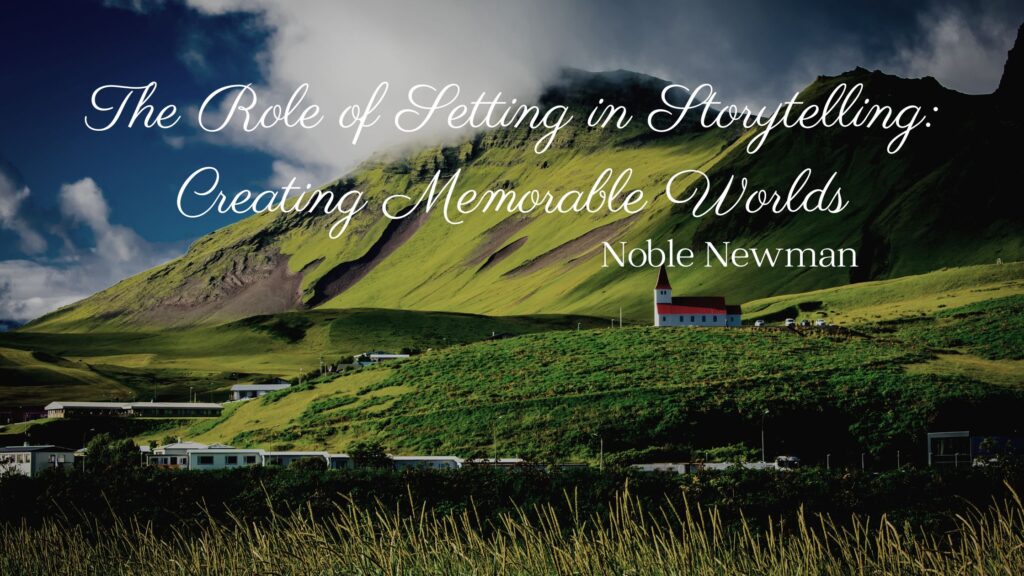In storytelling, the setting is much more than a backdrop; it is a dynamic and integral element that shapes the narrative, influences character development, and immerses readers or viewers into the world created by the author. Whether it’s the sprawling landscapes of Tolkien’s Middle-earth, the gritty streets of Dickensian London, or the whimsical world of Lewis Carroll’s Wonderland, the role of setting in storytelling is paramount in creating memorable and immersive experiences for the audience.
Establishing Atmosphere:
One of the primary functions of setting in storytelling is to establish the atmosphere or mood of the narrative. Through vivid descriptions of the physical environment, authors can convey a wide range of emotions, from the eerie, unsettling feeling of a haunted mansion to the warmth and nostalgia of a quaint countryside village.
Reflecting Character Development:
The setting in a story can also serve as a reflection of character development. As characters navigate and interact with their surroundings, readers gain insights into their personalities, struggles, and growth. In Charles Dickens’ “Great Expectations,” the decaying and oppressive environment of the marshes mirrors the sense of stagnation and hopelessness that the protagonist, Pip, feels at the novel’s beginning. As Pip’s character evolves, the setting transforms, mirroring his changing circumstances and perspective.
Enhancing Plot Development:
The setting can be a powerful tool for driving the plot forward. It can introduce obstacles, provide opportunities for conflict, and offer a canvas for important events to unfold. In J.R.R. Tolkien’s “The Lord of the Rings,” the diverse settings of Middle-earth play a crucial role in shaping the epic quest.
Establishing Culture and Society:
The setting is instrumental in establishing a story’s cultural and societal context. The setting influences the architecture, customs, language, and daily life of the inhabitants. In Gabriel García Márquez’s “One Hundred Years of Solitude,” the fictional town of Macondo embodies the cultural and historical complexities of Latin America, and its transformation over generations reflects the passage of time and the evolution of a society.
Evoking Symbolism and Themes:
Authors often use settings to convey symbolic meanings and thematic messages. A well-chosen setting can become a metaphor for broader concepts or ideas within the story.
Enhancing Immersion:
One of the most significant roles of setting in storytelling is its power to immerse readers or viewers into the world of the narrative. A richly detailed and immersive setting can transport the audience to a different time or place, allowing them to experience the story more deeply.
Fostering Emotional Connection:
The setting can elicit strong emotional responses from the audience. Whether it’s the nostalgia of revisiting a beloved hometown or the excitement of exploring an exotic locale, readers and viewers form emotional connections to the settings in stories.
The role of setting in storytelling is multifaceted and essential to crafting engaging and memorable narratives. It serves as a canvas upon which characters evolve, conflicts unfold, and themes resonate.

